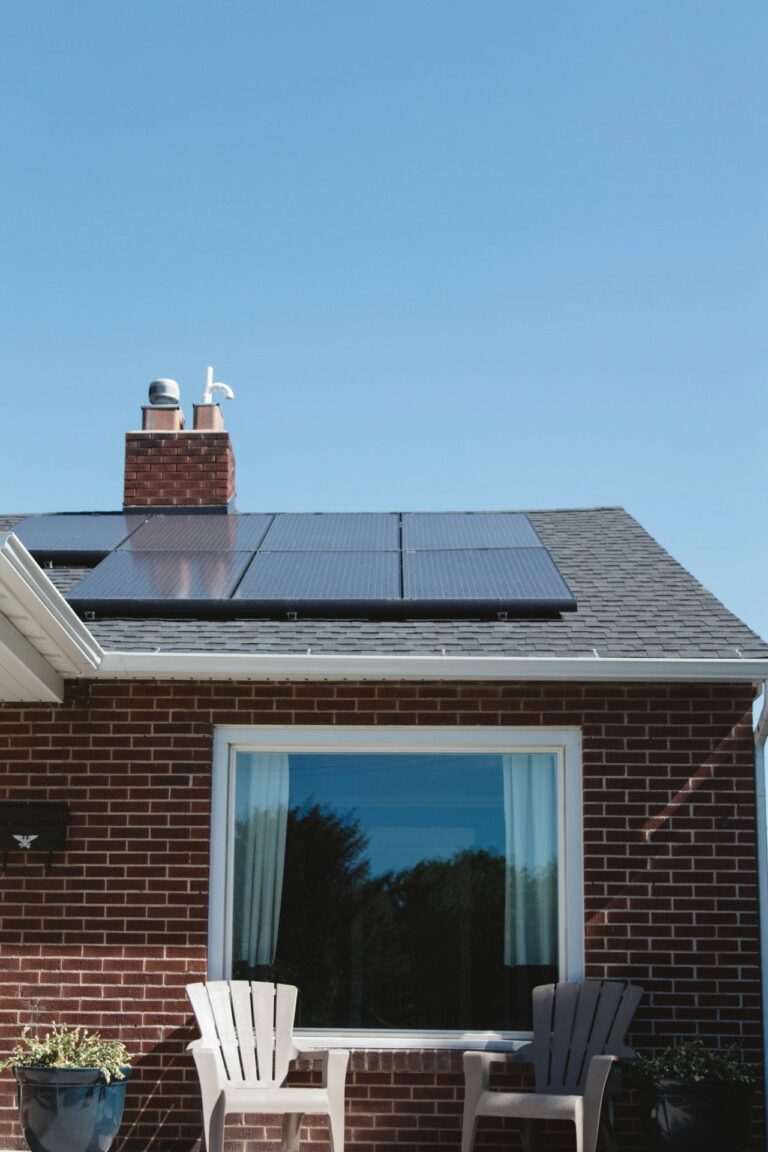There’s Nothing Stopping You From Going Solar
Updated June 14, 2024
By Morgan Pierce
It’s called inertia. It’s that thing that keeps one from “getting off the stick”. Back in a less polite age, someone (my mother?) would have said “a kick in the arse” was the only cure for inertia. Today, behavioural scientists ask whether the “carrot” or the “stick” is the best cure.
The good folk over at the Sustainable Energy Authority of Ireland (SEAI) have been asking themselves those same questions about carrots and sticks in relation to the challenge of meeting Ireland’s climate commitments and improving the energy efficiency of homes.
More than 10% of Ireland’s greenhouse gas emissions are produced by how we heat and electrify our homes and apartments – the fourth highest source after agriculture, transportation, and the energy industry.
The Government’s calculations suggest that the only way we’re going to meet our legally binding climate commitments is by reducing emissions from our homes by 40% by 2030. That goal is achievable if 500,000 homes meet the target of improving energy efficiency to meet the B2 Building Energy Rating (BER) by that date. That means tackling the low energy efficiency of almost half the homes in Ireland – those that fall below a BER rating of C.
“The success of Ireland’s ambitions”, the SEAI has noted, “ultimately hinges on homeowners shifting their behaviours, adopting new technologies and investing in the energy efficiency of their homes.”
One of the principal ways to increase energy efficiency in our homes is by making the switch from a fossil-fuel-based energy supplier to a renewable one based on wind, hydro or solar.

But first, there’s the matter of dealing with that inertia we were talking about.
So the SEAI brought in the experts to figure out “what works” if we want to encourage Irish consumers to take up climate-saving “retrofits” (i.e. improvements). Their report, the tantalisingly named, Promoting Retrofitting Among Homeowners in Ireland Through a Behavioural Lens, contains a raft of thoughtful ideas (once you’ve made your way through the snooze-inducing social science speak….)
The report clarifies the fundamental impediments between homeowners being “triggered” to want to tackle their home’s energy efficiency, and actually making those improvements.
With the cost of living, energy, and housing crises, lots of people have experienced that initial “triggering” event – the point at which we start scrolling Google looking for ways to save money, or make a positive contribution to limiting climate change. Sometimes it’s a hefty energy bill, that motivates someone’s desire to make a change. For others, it could be moving house, having the heating breakdown, or seeing a neighbour installing solar panels.
The SEAI has clocked all sorts of trigger events, but the real goal of their research is to try to harness those emotional triggers by eliminating the barriers that keep consumers from moving from triggering thought to action.
What are the main obstacles to improving the energy efficiency of homes in Ireland?
Cost and Hassle. Those are two of the most often mentioned issues preventing people from moving forward with their retrofit plans, the SEAI’s research notes. Their research backs up what we hear from people on their doorsteps as we travel around the country.
In other words:
- When considering a retrofit like solar, consumers continue to ask: “Can I afford it?” That’s because of the very real fact that installation is paid for upfront, while environmental benefits and cost savings only become evident over time.
- Consumers worry that undertaking a retrofit – like installing solar – will be complicated and disruptive.
We’ve banged on a lot about this in this blog, but it bears repeating. The solar industry is working with government, financial institutions and organisations like the SEAI to eliminate these concerns with real, practical solutions that make them non-issues.
SolarSmart – and other reputable solar providers registered with the SEAI – are committed to helping our customers find the finance they need to make the switch to solar affordable, and to making the installation process as smooth and seamless as possible.
Installing solar does require an initial outlay of between €7,000- €10,000. But there’s help readily available to minimise the upfront costs for homeowners. At SolarSmart, we walk consumers through the process of applying for the SEAI’s generous €2,100 solar PV grant, and can guide them to unsecured low-interest bank and credit union “green” loans (some of them brand new!) to underwrite remaining costs.
We also work hard to make the whole process – from choosing the right system for your home or business, to organising the finance, to installation – “hassle” free. And customers seem to think we succeed (our Trustpilot reviews are here).
We want to make the switch to green, clean, money-saving solar a no-brainer for consumers. Our goal is to ensure that there is literally nothing standing in the way of going solar.
Investing in Irish solar panel systems can bring many benefits, including reduced energy bills, increased energy independence, and a reduced carbon footprint. If you are interested in installing a solar panel system in Ireland, it is also worth exploring the different grant options and green business loans available and seeking professional advice from one of our solar energy advisors.
Feel free to contact us for more information, we’re here to help.
